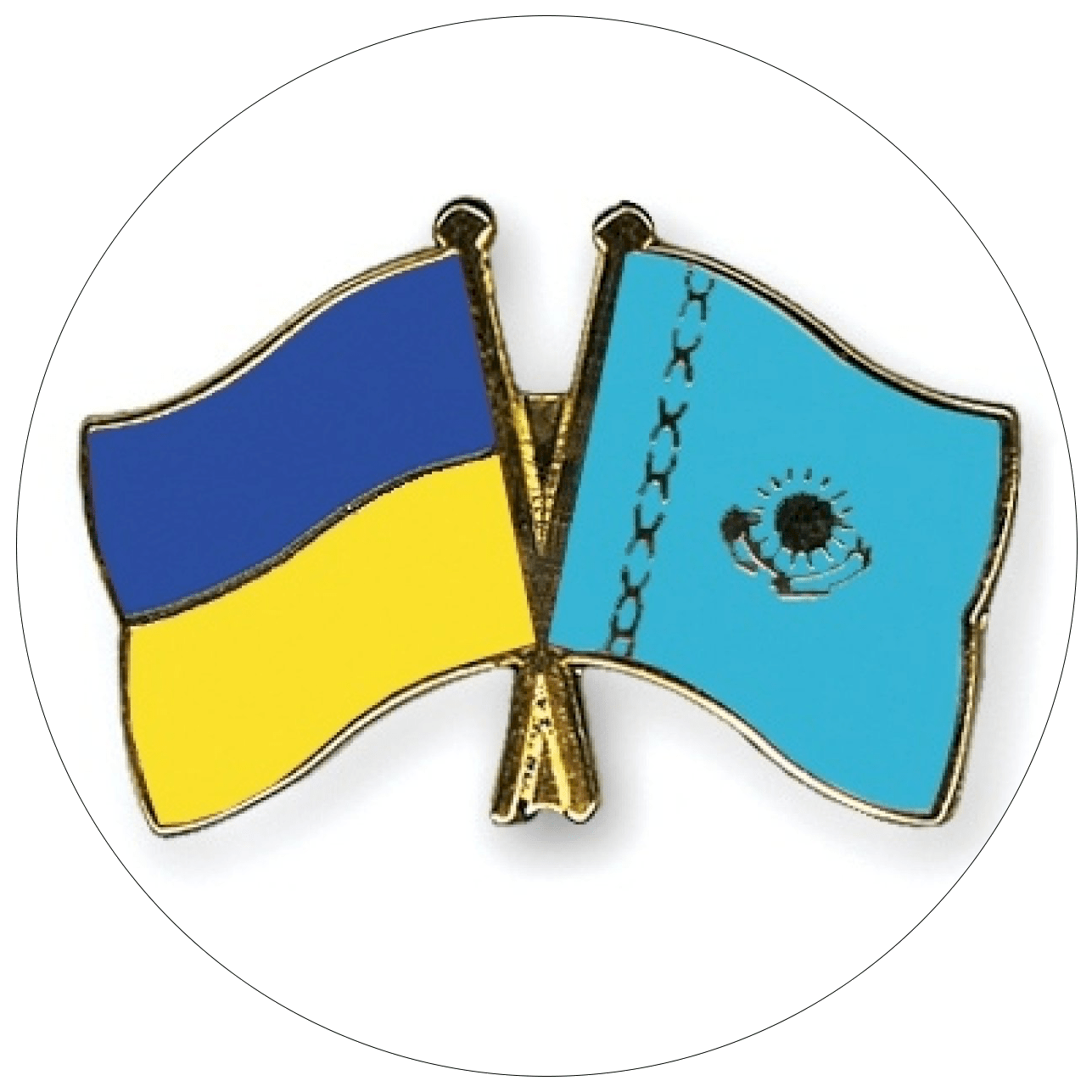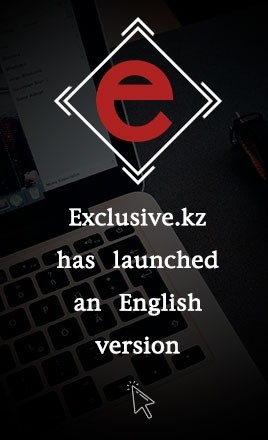Uzbekistan seeks to become key transit point for Iranian trade
Uzbekistan has been in recent years purposefully working on breaking the double-landlocked country ‘curse’. Cooperation with Iran, which needs reliable routes for trade with Russia and China, has been a crucial part of that push.
With Russia turning its attention to the east and south and China seeking new land routes for trading with Europe, Uzbekistan — located at the heart of Central Asia and having good transport links with the other four regional countries and Afghanistan — has an opportunity to become a big regional transportation hub.
The Uzbek government is planning to become an integral part of the Europe-China-Europe transport and logistics corridor and increase the amount of transit to 23 million tonnes by 2030.
The southern route, i.e. the Iranian direction, is seen as a priority one.
Iran has a developed transport infrastructure and can link Central Asia with the rest of the Middle East, as well as with Southeast Asia, the Caucasus, and even Europe. And it can give Uzbek goods quickest access to the sea.
In the early 2000s, Uzbek-Iranian relations were on hold because of the Western sanctions against Iran. However, in the past five years the number of joint enterprises with Iranian investment increased by four in Uzbekistan, reaching 355. Mutual trade in 2022 amounted to 435.7m dollars, almost doubling compared with three years earlier.
In 2011 Uzbekistan, Turkmenistan, Iran and Oman signed a deal on creating a transport route that would give the two Central Asian nations access to the Iranian port of Bandar Abbas. However, the Western sanctions against Iran held off its implementation until 2022.
In the autumn of 2022, Uzbekistan, Turkmenistan, Iran and India announced they were working on a new logistics route, with the involvement of the Iranian port of Chabahar, which has been modernised and is being managed by India.
Unlike Bandar Abbas, Chabahar is under fewer restrictions linked to the Western anti-Iranian sanctions.
The deal could allow Central Asia to increase trade with India.
The Uzbek-Turkmen-Iranian transport cooperation in general has the potential to expand in many other directions, for instance Turkey.
In 2022, the four said countries opened a new 4,500km railway route between Izmir and Tashkent, as an alternative to the Caspian route. Later the line became part of the Asia Pacific Region – Europe corridor agreement signed in November 2023 by the transport ministers of the Organization of Economic Cooperation.
At recent talks the Uzbek, Kazakh, Turkmen, Iranian and Turkish transport ministers discussed an agreement on creating a China-Kazakhstan-Uzbekistan-Turkmenistan-Iran-Turkey-Europe transport corridor.
It should be noted that together or separately, all Central Asian nations are involved in various regional transport projects that could greatly benefit the region as a whole.
Astana is a key point in developing the Middle Corridor; Dushanbe and Bishkek are also showing interest in being included in new trade routes linking neighbouring major economies with Europe or other parts of the world.
Iran needs reliable and diverse transport routes to its main trade partners, China and Russia.
Uzbekistan’s position in terms of being able to provide it with such routes is currently not as strong as Kazakhstan’s and Turkmenistan’s.
However, the planned China-Kyrgyzstan-Uzbekistan railway line could shift the balance, allowing Uzbekistan to play a key role in delivering Iranian exports to the east.
By Nargiza Umarova, The Institute of International Research (Uzbekistan)

 Поддержать
Поддержать
 Smart
Smart  Бизнес
Бизнес  Культурная среда
Культурная среда  Общество
Общество  Политика
Политика  "Законы XII таблиц"
"Законы XII таблиц"  Досье и мифы
Досье и мифы  Асар в Украине
Асар в Украине 


Комментариев пока нет